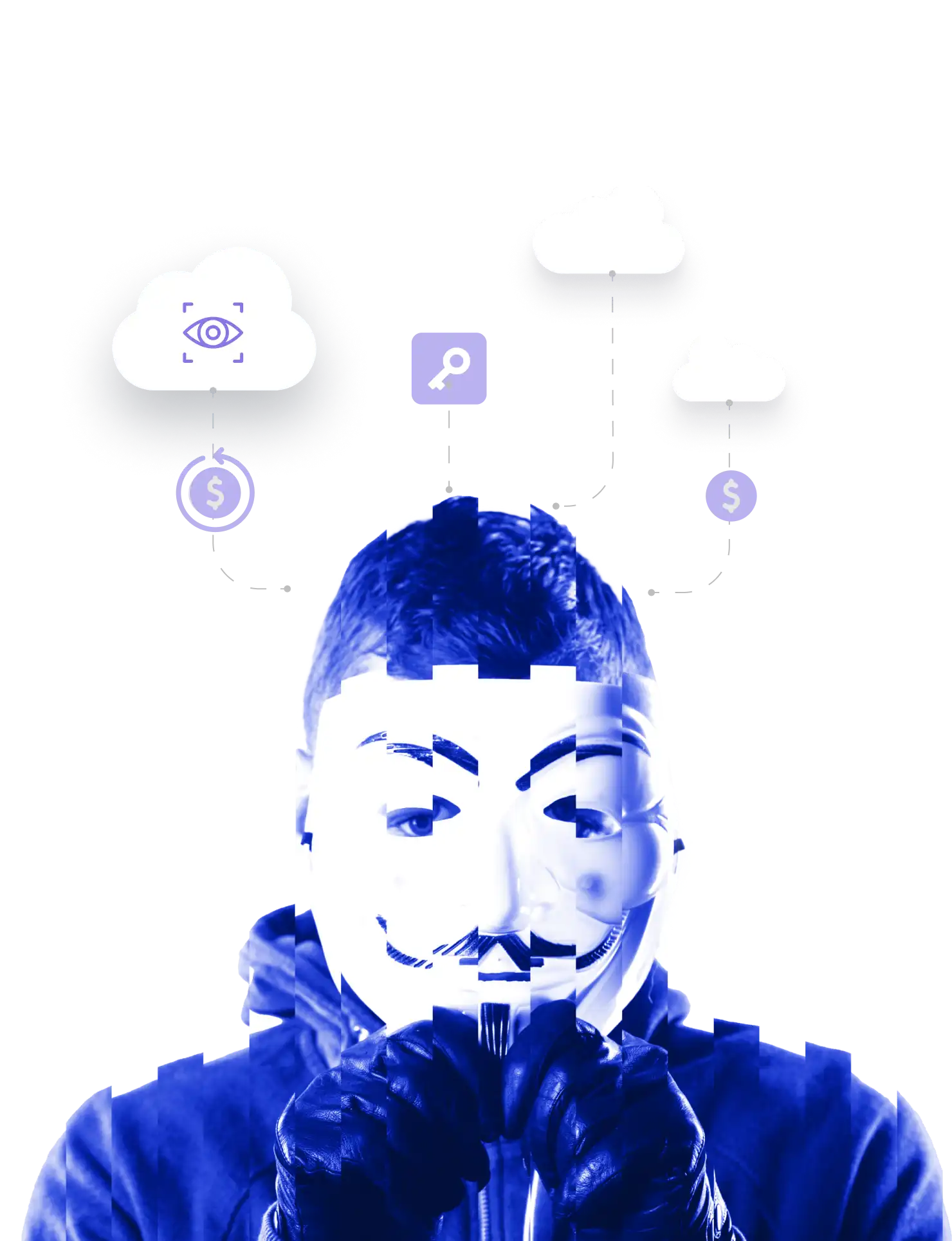Enhancing Digital Trust: The Strategic Role of Secure Customer Verification Software in Modern Business

Introduction: Trust in the Age of Digital Interaction
In today's fast-paced digital economy, where transactions and communications often happen in virtual spaces, establishing trust between businesses and consumers has never been more critical. One of the foundational pillars of this trust is secure customer verification software—a digital solution designed to verify the identity of users in real-time. Whether you're signing up for a financial service, accessing a healthcare platform, or opening an account on an e-commerce site, the need to confirm identities accurately and securely is essential. With growing threats from identity theft, fraud, and cybersecurity breaches, businesses can no longer afford to rely on outdated methods like manual reviews or simple password authentication.
What Is Secure Customer Verification Software?
Secure customer verification software refers to advanced tools and technologies that help organizations confirm a customer’s identity using digital means. These tools leverage a wide range of methodologies such as AI-driven document scanning, facial recognition, biometric validation, one-time passwords (OTP), digital signatures, and integration with government or financial databases. This software is often integrated into onboarding workflows, transaction approvals, or access control systems, depending on the industry and use case. It’s not just about detecting fraudsters anymore; it’s about creating a seamless yet secure experience for genuine users, reducing friction without compromising on protection.
The Rise in Demand: Why Businesses Need It Now More Than Ever
The necessity for secure customer verification software has surged in recent years due to several interlinked factors. First, the explosion of online services has made it easier for fraudsters to impersonate individuals and gain unauthorized access to sensitive data or services. Second, consumers have come to expect seamless digital experiences—ones that are both fast and secure. Third, regulators around the world have introduced stringent compliance requirements, such as KYC (Know Your Customer), AML (Anti-Money Laundering), and GDPR (General Data Protection Regulation). Failing to meet these standards can result in hefty fines, loss of customer trust, and damage to brand reputation. Thus, businesses are turning to secure customer verification software to navigate these challenges effectively.
Key Features of Modern Verification Solutions
Modern secure customer verification software offers a host of features that make it indispensable for businesses operating in a digital-first world. Among these features are real-time ID document verification, which uses AI to scan, validate, and extract data from official identity documents such as passports or driver’s licenses. Facial recognition and liveness detection ensure that the person presenting the ID is actually the legitimate owner and not a bot or a spoofed image. Additionally, biometric authentication through fingerprints or voice recognition adds another layer of security. Some systems also cross-reference data with public or proprietary databases to confirm user credentials instantly. All these technologies work together to create a verification ecosystem that is fast, scalable, and highly secure.
Industries That Benefit from Secure Verification Software
Secure customer verification software is not confined to one industry. It has found widespread application across various sectors. In banking and finance, it is crucial for onboarding new customers, approving transactions, and granting loans. In the healthcare industry, it ensures that patient records are accessed only by authorized individuals. E-commerce platforms use it to prevent fraudulent purchases and account takeovers. In the sharing economy, companies like ride-hailing or home rental services use verification software to confirm the identities of both service providers and consumers. Even educational institutions are adopting such tools to authenticate students during remote exams or online enrollment processes. The versatility and adaptability of secure customer verification solutions make them invaluable across the board.
Enhancing User Experience Without Compromising Security
One of the main advantages of secure customer verification software is its ability to blend security with a superior user experience. In the past, stringent verification processes often resulted in clunky interfaces, long wait times, or manual reviews that delayed service. Today’s software solutions are designed with the end-user in mind. By incorporating intuitive interfaces, mobile-first designs, and quick turnaround times, these tools ensure that customers can complete their verification quickly and conveniently. The use of AI and automation further reduces the need for human intervention, which not only cuts costs but also accelerates the verification process. As a result, businesses can deliver a smooth onboarding experience while maintaining a strong security posture.
Regulatory Compliance and Risk Management
Another crucial reason for adopting secure customer verification software is regulatory compliance. In many jurisdictions, laws require businesses—especially those in finance and healthcare—to verify the identity of their customers before providing services. Failure to comply with regulations like KYC, AML, CCPA (California Consumer Privacy Act), and others can lead to legal repercussions. Secure customer verification software helps automate and document the entire verification process, creating an audit trail that can be used to demonstrate compliance during regulatory inspections. Moreover, by identifying and flagging suspicious activities early on, these systems play a key role in risk mitigation and fraud prevention, allowing businesses to operate more confidently in regulated environments.
Conclusion
While the benefits are numerous, implementing secure customer verification software is not without its challenges. For one, integration with existing systems can be complex, especially for legacy platforms. Additionally, businesses must be mindful of data privacy concerns. Collecting biometric data, for example, involves handling sensitive personal information, and companies must ensure they have the appropriate safeguards and consent mechanisms in place. Furthermore, the technology itself must be constantly updated to keep pace with evolving fraud tactics. Choosing the right vendor, therefore, becomes critical. Businesses should look for providers with a strong track record, robust support systems, and a commitment to ongoing innovation and compliance.
- Art
- Causes
- Crafts
- Dance
- Drinks
- Film
- Fitness
- Food
- Игры
- Gardening
- Health
- Главная
- Literature
- Music
- Networking
- Другое
- Party
- Religion
- Shopping
- Sports
- Theater
- Wellness



